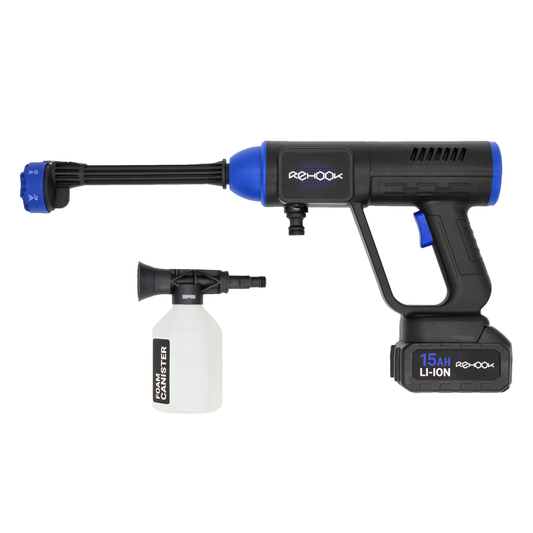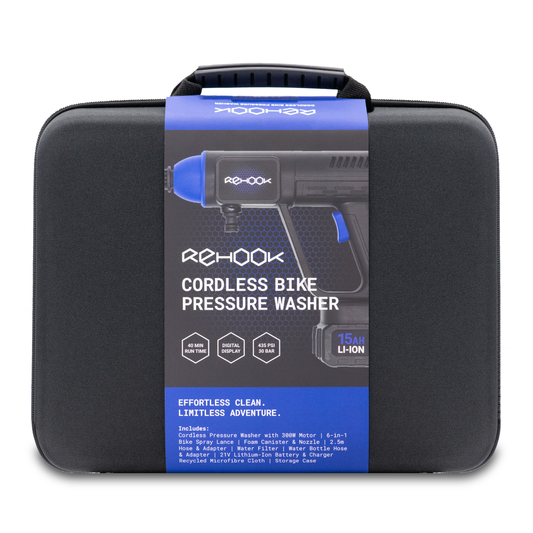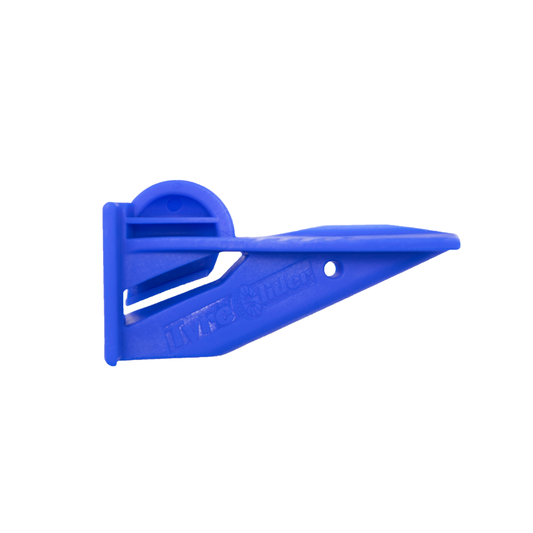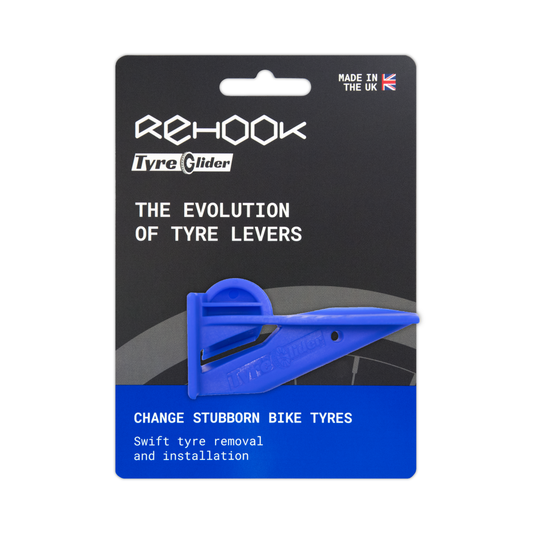dihsk brahk peydz
noun
The component of a disc brake system that creates friction to stop the bike.
Example usage: 'Be sure to check your disc brake pads before your next ride.'
Most used in: Mountain biking and cyclocross.
Most used by: Cyclists who ride off-road, downhill or who need more stopping power than a rim brake can provide.
Popularity: 8/10
Comedy Value: 2/10
Also see: Brake Pad Inserts, Disc Brake Blocks, Disc Brake Shoes, Disc Brake Pads,
What are Disc Brake Pads in Cycling?
Disc brake pads are an important part of the braking system in cycling. Disc brakes are a type of braking system that uses a rotor to stop the bike when the brakes are applied. The rotor is connected to the wheel and the brake pads are the part that actually makes contact with the rotor. The pads are made of a hard, durable material that is designed to absorb the energy of the rotor when the brakes are applied.
Disc brake pads are typically made of either sintered metal, organic, or ceramic material. Each type of material has its own advantages and disadvantages, so it is important to choose the right type of pads for your bike. Sintered metal pads are the most common type and are usually the most affordable, while organic pads are quieter and offer better modulation, but wear out faster. Ceramic pads are the most expensive, but offer the best stopping power and are the longest lasting.
Disc brake pads are an essential part of the braking system and should be checked regularly for wear and replaced when necessary. According to a survey conducted by the Bicycle Retailer and Industry News, nearly 40% of cyclists replace their brake pads yearly, while 28% replace them every two years. It is important to check your brake pads regularly and replace them when they become too worn or when they start to make noise.
.A Brief History of Disc Brake Pads in Cycling
Disc brake pads are an important part of any cyclist's bike, providing reliable and powerful braking power. But where did the term originate?
The term “disc brake pad” was first used in the 1950s in the United States. At that time, the technology was used in cars and motorcycles, but was not yet available for bicycles. It wasn’t until the late 1970s that disc brake pads were adapted for bicycle use.
In the 1980s, bicycle manufacturers began to introduce disc brakes into their designs. At first, these brakes were only available on high-end mountain bikes, but soon they became more widely available, and by the 1990s they had become the standard for many mountain bikes.
Today, disc brake pads are used in almost all types of bicycles, from road bikes to mountain bikes. They offer improved braking power and better modulation, making them the preferred choice for many cyclists.












